


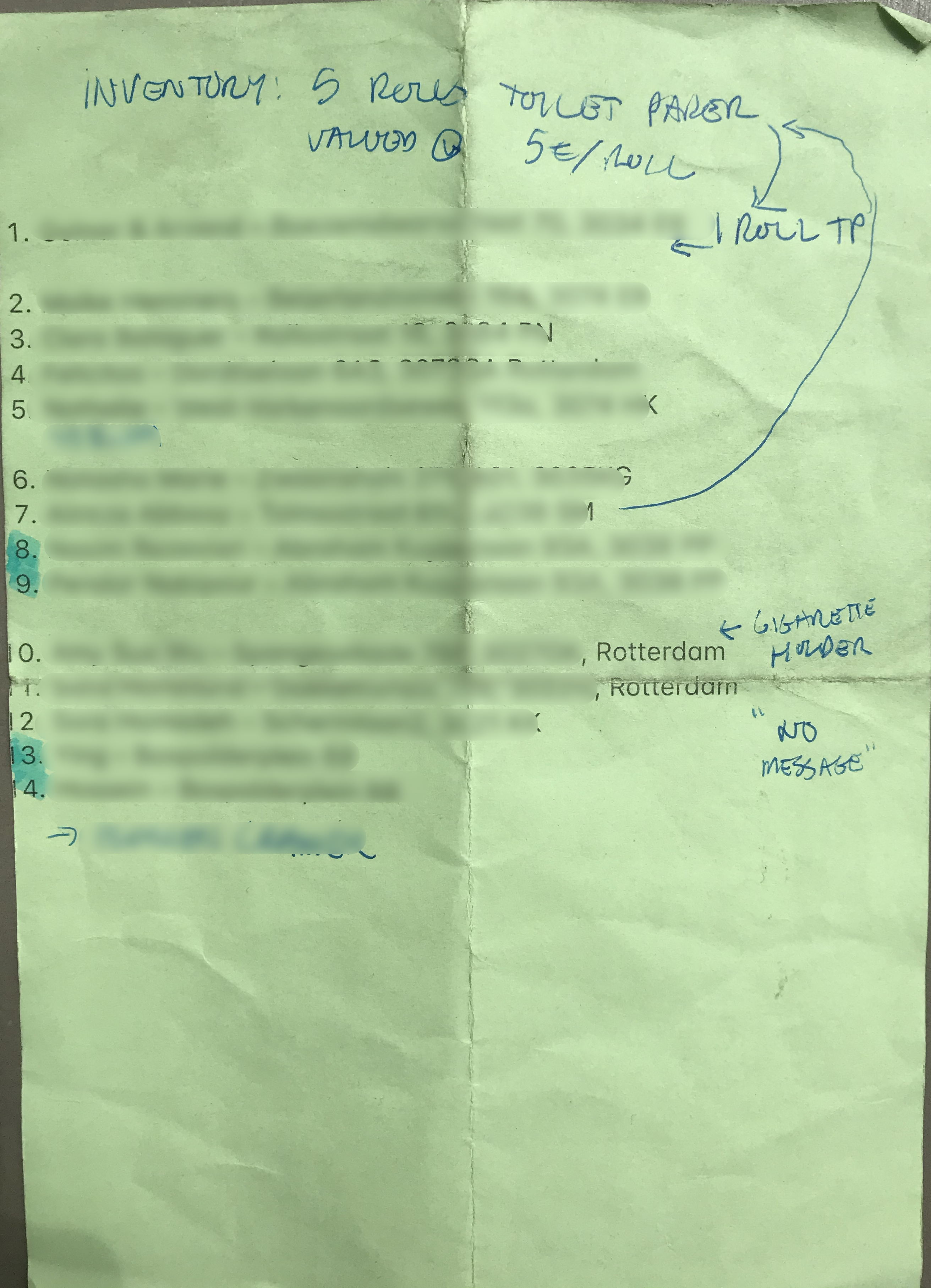
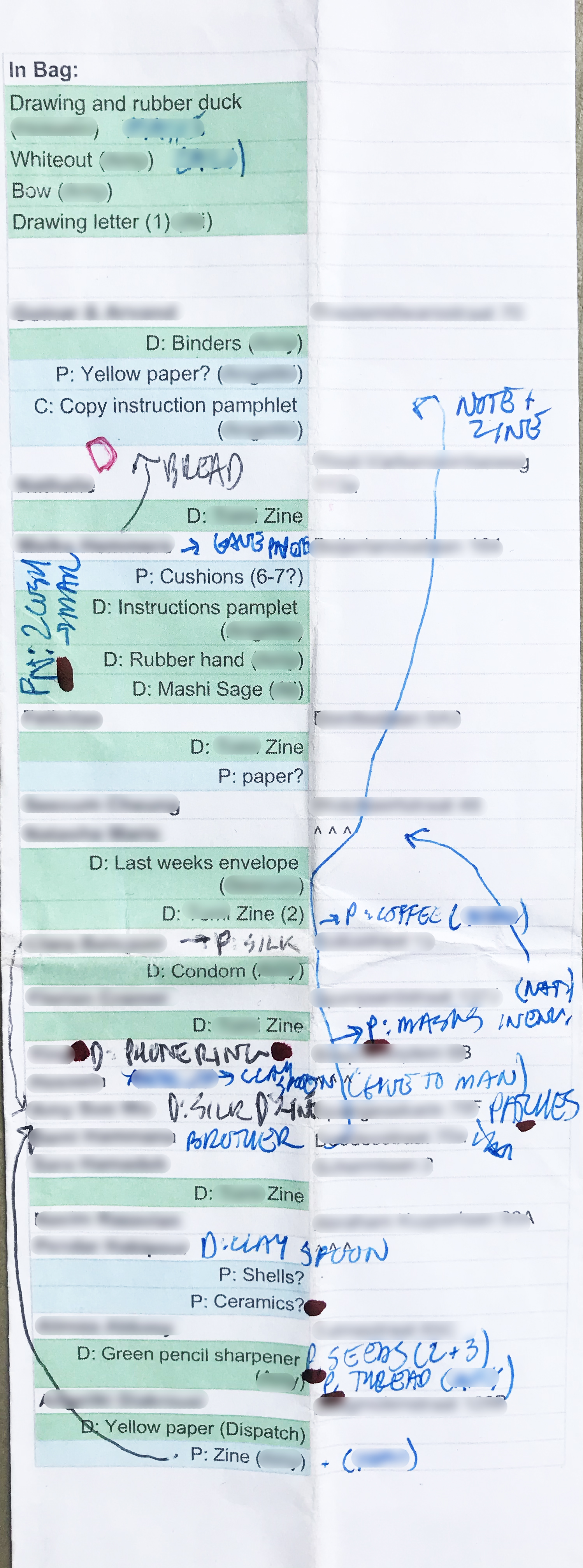


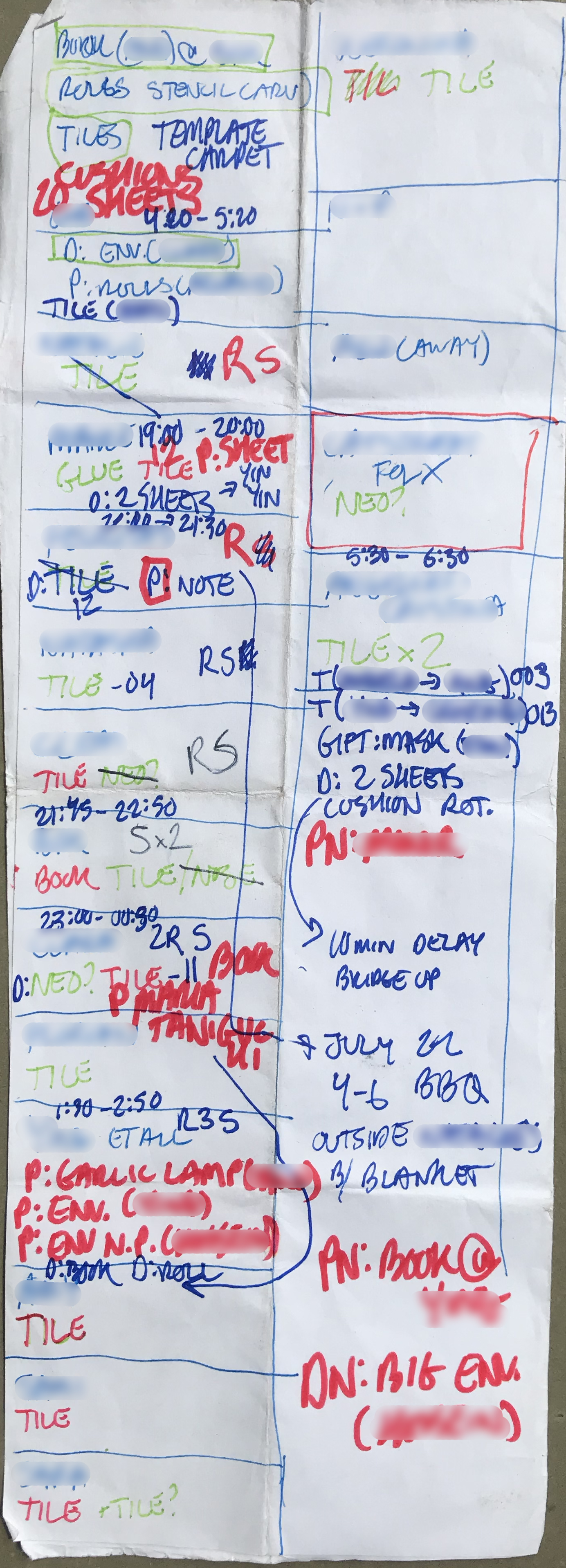
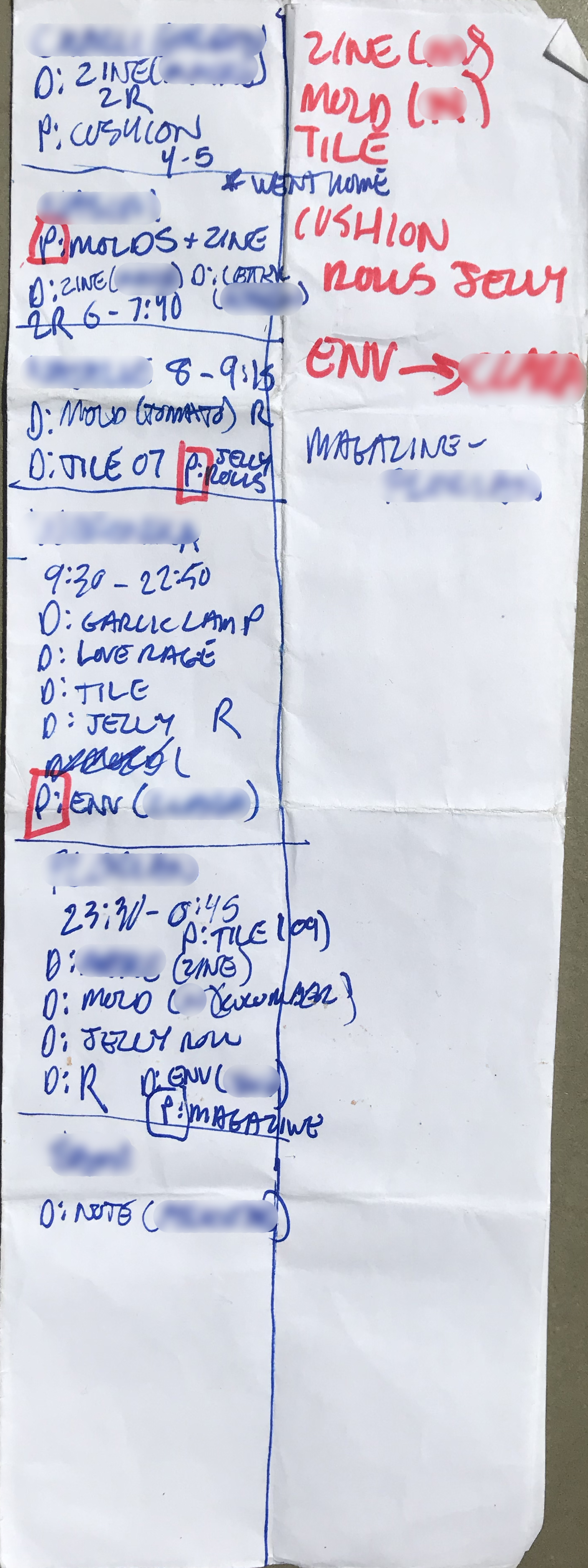
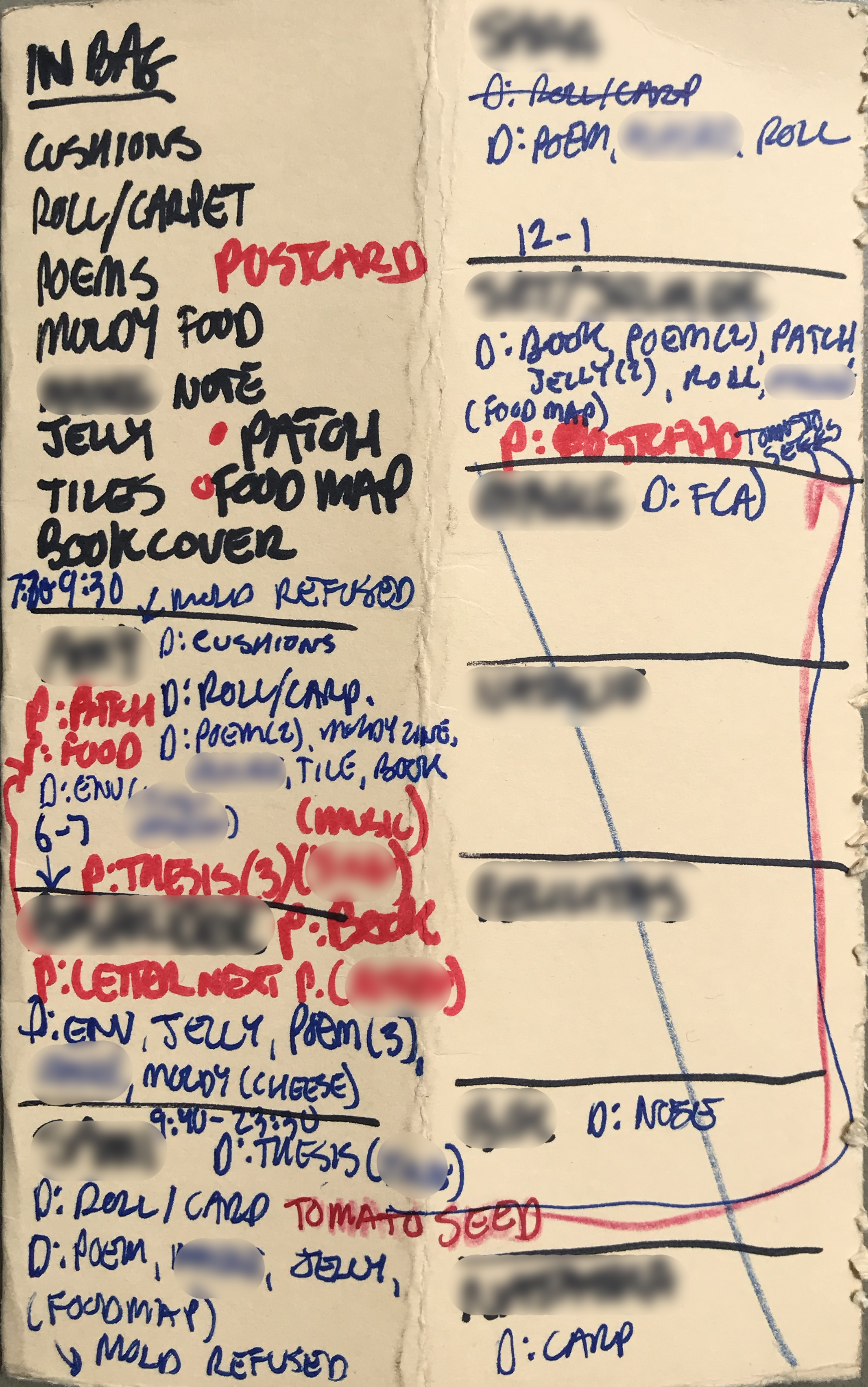
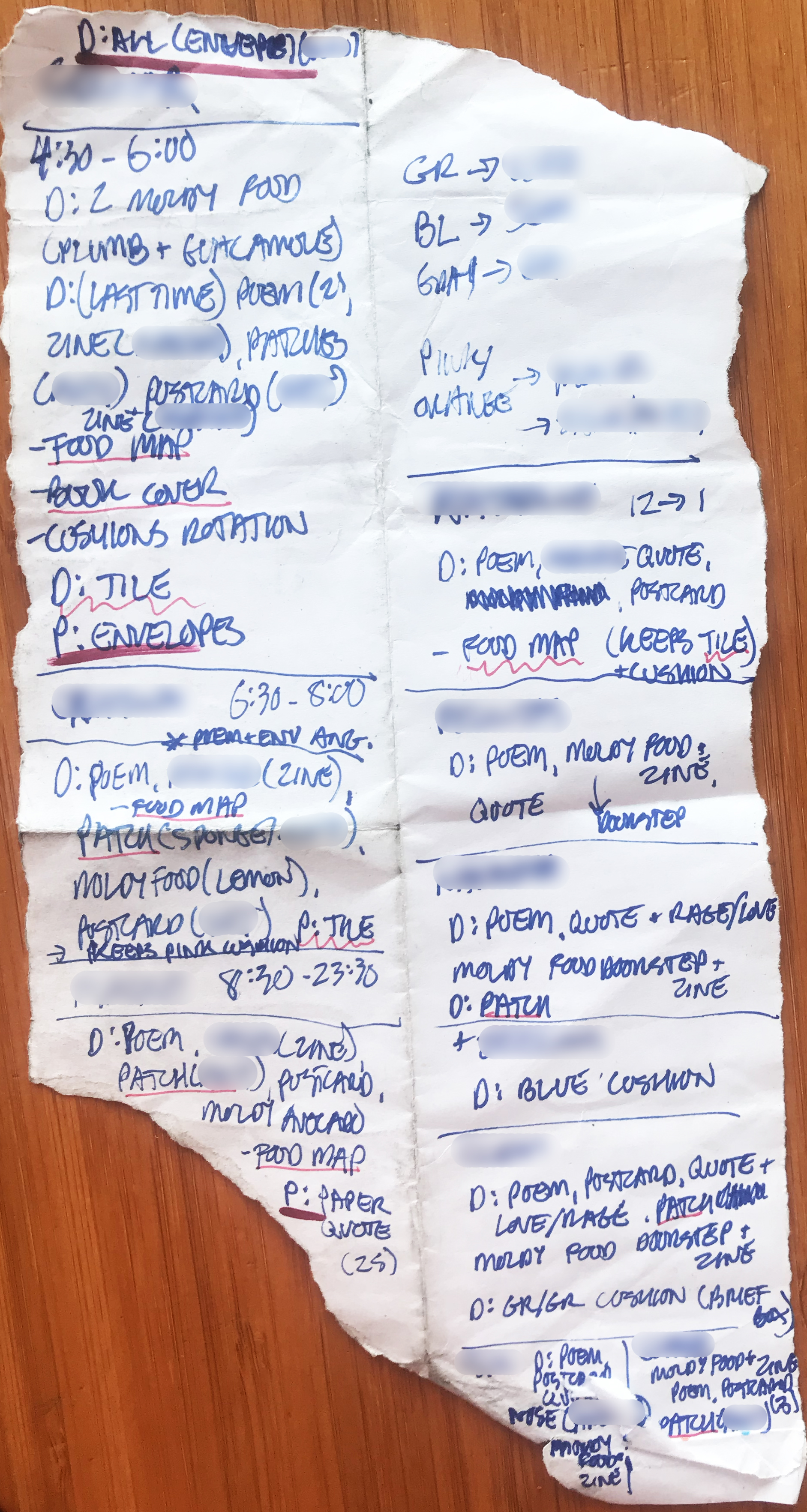













Bike Messenger culture (which has a distinct international history and community) has always in a way embraced the intense danger, exhaustion, marginal-status, constant state of being-in-motion (in many more ways then one) and hyper-precarity of the job. Not to legitimize those modes, but to circumvent them towards the construction of friendship, play, specific knowledges and love of intensity — a reclaimed intensity, on our own terms. Often done through the rejecting/reclaiming the game-ization of work, by turning the job into a literal game, (our own game, not their evaluative job metrics game) through 'alleycat' races, and a mode of care based on aspects of delay. Delay in the sense of prolonged standby, with your friends, at the square, drinking on the job, for fun and for ourselves. A disrupting of pace, and an embrace of community — not disobedient without cause however, but accumulating and sharing specific knowledges of the many logistics of package delivery, bikes and exploitative mechanics of distribution, through disobedience. A disobedience to separate job and community; a creating of community and international networks (of shared housing and worker-run collectives) around the job and our specific knowledges of it. Not to idolize the job, and the shit we deliver, but to turn it into something else, or more than.
For the six weeks preceding the opening of Fictioning Comfort zines, cushions, snails, toilet paper, ceramic tiles, letters, fabrics, moldy food and many more 'gifts of care' were exchanged through a cycle of artists and friends by a bike messenger twice a week. Seen both as a prelude and a parralel to the exhibition, some pieces overlapped, but many did not. Partially in response to covid-19, the bike messenger round enacted, among many things, a politics of kinship, friendship, care, intimacy and gifting exchange. Some items were shared with everyone, others were a private matter between two people. And not only for that reason the question comes of how, or if, the round should be presented. If an exhibition is to make visible something to a public, then you could say that the messenger round is a sort of anti-exhibition. And you could almost also say that it's not really a project either, but simply something that is happening. Why must everything be so visible? And documented? For whom and for what ends? We also struggle to define how it works, even more so to communicate it. Not because we don't know, but because we would have to show you, by inviting you in. The round doesn't obey strict protocols, but engages in a constant re-assessment/re-making of operations playing out as things go. People get added to the cycle, wider variety and sizes of things are distributed, stays and conversations extend and contract (until 4 am sometimes), the route alters, things are 'stolen' and shared to 'outsiders' and so on. It's an emergent shifting policy, as things always are, if we are to be honest (law is only ever subjective, despite how objective the Supreme Court's rulings claim to be). So we share with you just a glimpse, so you can get some idea, and maybe you can do it with your friends. Or as Moten and Harney said, "we're telling all of you but we're not telling anyone else."